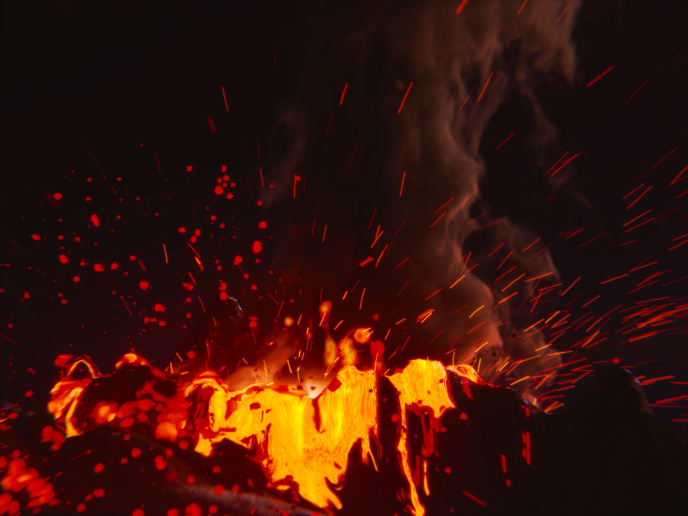High-speed volcanic ash — steel damage
Volcanic ash particles, although seemingly harmless, can create micrometric impact craters on steel such as children’s basketball poles due to their excessive speeds and forces. Despite the associated hazards, the effect of the shock waves has not been adequately investigated to date. EU-funded scientists studied the experimental acceleration of volcanic particles toward steel targets through work on the project SPAEX. This would help determine mechanisms and potential hazards and improve mitigation strategies. The study was inspired by evidence of impact on a steel pole in an active volcanic area in Mexico in the 1980’s by crystals and glass (pyroclasts). High velocities such as those over 700 metres per second are uncommon for gas currents close to the ground. Scientists hypothesised that the particle acceleration was due to a sudden expansion of gas (water vapour) in which the particles are contained. To test their hypothesis, researchers designed an experimental setup. They constructed a vertical shock tube as a highly pressurised fragmentation bomb whose sudden and rapid decompression would propel particles. Using a high-speed camera and pressure sensors, scientists recorded the entire history of the event before its decompression up to several milliseconds after the explosion. Velocities and pressures were recorded for both ambient air and air saturated with steam. Higher particle velocities and larger particle sizes were observed than expected causing an apparent pressure multiplication compared to pressures in the absence of particles. This suggests that the gas-particle coupling can accelerate the particles and enable acceleration of larger particles. SPAEX has shed important light on the mechanisms of particle acceleration by shock waves induced by explosive volcanic eruptions. The outcomes highlight the importance of such studies for hazard mitigation measures. Increased knowledge should provide more accurate models for better prediction of consequences and form the basis for improved mitigation measures and enhanced public safety.






